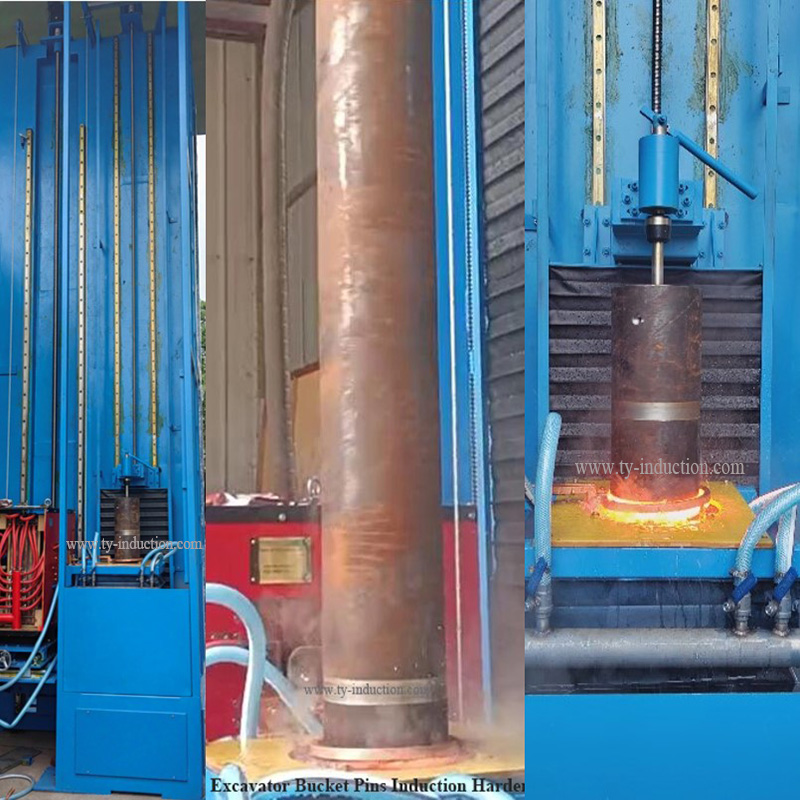Oil Seals - Everything you need to know about
Oil seals, also known as shaft seals or lip seals, are essential components in various machinery and automotive applications. These seals play a crucial role in preventing the leakage of fluids and contaminants, ensuring the efficient and reliable operation of rotating or reciprocating shafts. Here's everything you need to know about oil seals:
1. Function and Purpose:
Oil seals serve the primary function of retaining lubricants and preventing the ingress of contaminants into critical components such as bearings, gears, and shafts. They create a barrier between the moving and stationary parts, minimizing friction and wear.
2. Design and Construction:
Lip Design: Most oil seals feature a flexible lip that makes contact with the shaft, creating a dynamic seal. The lip prevents the escape of lubricants and prevents external elements from entering.
Metal Case: Oil seals often have a metal case that provides structural support and maintains the shape of the seal.
Spring-Loaded Lips: Some seals have spring-loaded lips to enhance sealing effectiveness, especially in applications with fluctuating pressure.
3. Materials:
Rubber: Nitrile rubber (NBR) is commonly used for oil seals due to its resistance to oil and abrasion.
Silicone: Offers high-temperature resistance and is suitable for applications with extreme conditions.
Polyurethane: Known for its durability and resistance to wear, making it suitable for heavy-duty applications.
Fluoroelastomers (Viton): Ideal for applications involving high temperatures and aggressive chemicals.

Radial Shaft Seals: The most common type, designed to seal the gap between a rotating shaft and a stationary housing.
Axial Seals: Used in applications where sealing occurs along the axis of the shaft.
Rotary Seals: Suitable for rotating shafts and designed to handle dynamic conditions.
5. Applications:
Automotive: Found in engines, transmissions, axles, and differentials to prevent oil leaks.
Industrial Machinery: Used in various industrial equipment such as pumps, compressors, and gearboxes.
Agriculture: Employed in tractors and agricultural machinery to protect against contamination.
6. Installation Tips:
Ensure the shaft and housing are clean and free from damage before installing the seal.
Apply a thin layer of lubricant to the seal lip to prevent dry start-up.
Use proper installation tools to avoid damaging the seal during fitting.
7. Replacement and Maintenance:
Regularly inspect seals for signs of wear, damage, or leakage.
Replace seals during routine maintenance or when signs of failure are detected.
Follow the oil seal manufacturer's recommendations for replacement intervals.
8. Common Issues:
Leakage: The most common issue, often caused by wear, damage, or incorrect installation.
Contamination: Dirt, debris, or abrasive particles can compromise seal integrity.
Aging: Over time, seals may harden, lose flexibility, and become less effective.
9. Choosing the Right Oil Seal:
Consider factors such as material compatibility, size, temperature and pressure ratings, and the specific application.
Refer to the equipment or vehicle manual for OEM specifications.
Consult with a knowledgeable supplier or seek professional advice if needed.
10. Conclusion:
Oil seals are integral components that contribute to the efficiency and longevity of machinery and automotive systems. Understanding their functions, types, and proper maintenance practices is essential for ensuring optimal performance and preventing costly repairs. Regular inspection and timely replacement of worn or damaged seals are key aspects of equipment reliability and longevity.
other related news please click here.
Related links:How do I know if my Hydraulic Solenoid Valves is bad?
The Ultimate Guide to Pilot Relief Valve: Explained
What does TC mean on oil seal?
What is the purpose of a thread protector?





